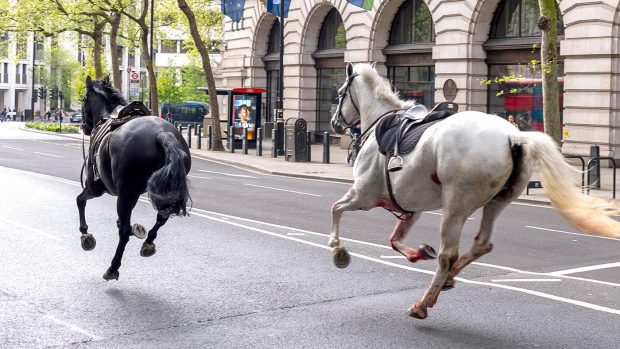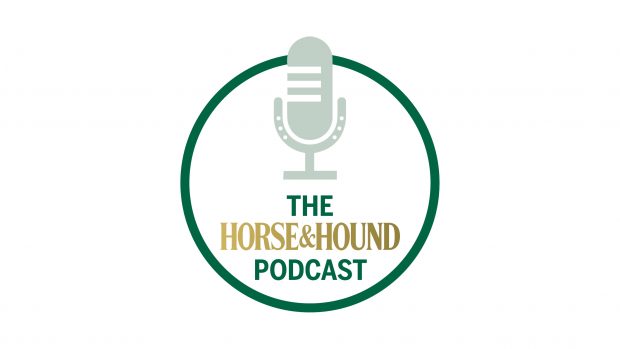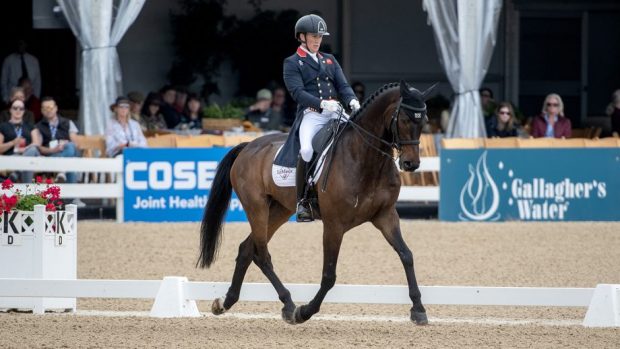Couping is the long-established method of shoeing the hind feet of heavy horses, in particular Clydesdales, unevenly – in extreme cases only one side of the hoof is shod – in order to alter their stance. It aims to bring the hind limbs closer together from the hock down, accentuating cow- hocked conformation and promoting the old-fashioned stance so good for the furrow.
The issue of couping is so contentious that, when H&H approached four different vets to speak on the subject, not one would speak “on the record”.
While advocators of the practice argue that couping “encourages a natural stance”, those opposed to it claim any intervention will alter natural stance, particularly when performed on a six-week old foal. And although opinions abound, there is no scientific data on the subject.
Couping is more prevalent in Scotland than the rest of the UK, and four years ago, the Scottish Society for the Protection of Cruelty to Animals (SSPCA) began a campaign to reduce the level to which it was carried out. A series of meetings was held between the SSPCA, the Clydesdale Horse Society, the Farriers Registration Council and various vets.
“The consensus was that it is not done to the extent that a horse lamed, but the concern is that couping a young horse would cause muscular and skeletal problems later in life,” says SSPCA superintendent Mike Flynn.
The Clydesdale Horse Society has since published guidelines for the standard for show shoes. “We didn’t have guidelines before because we didn’t see it as much of a problem, but the welfare of the horse is our main concern, so we thought we should be seen to be taking action,” says Neil Christie, president of the Clydesdale Horse Society.
“But the Clydesdale’s conformation is different to other horses. They’ve been shod this way for more than 100 years and we can’t find anyone to tell us that it’s doing any harm.”
In February 2001, as a further result of the meetings, a joint statement released by the Worshipful Company of Farriers and the Farriers Registration Council said: “[We] regard unbalanced or unlevel shoeing as bad practice and contrary to established teaching unless carried out for specific remedial or veterinary purposes.”
Miles Williamson-Noble, registrar for the Farriers Registration Council, believes that the major problem is that in the Highlands and islands of Scotland the Farriers (Registration) Act does not apply — so it is still legal for an unskilled person to shoe a horse.
“We are suggesting that the Scottish Executive would be better to extend its farriery legislation than make couping illegal,” he says.
Comments on this subject can be sent to Heather Holmes, Animal Health & Welfare Division, Scottish Executive Environment and Rural Affairs Department, Pentland House, 47 Robb’s Loan, Edinburgh EH14 1TY before 2 July.




